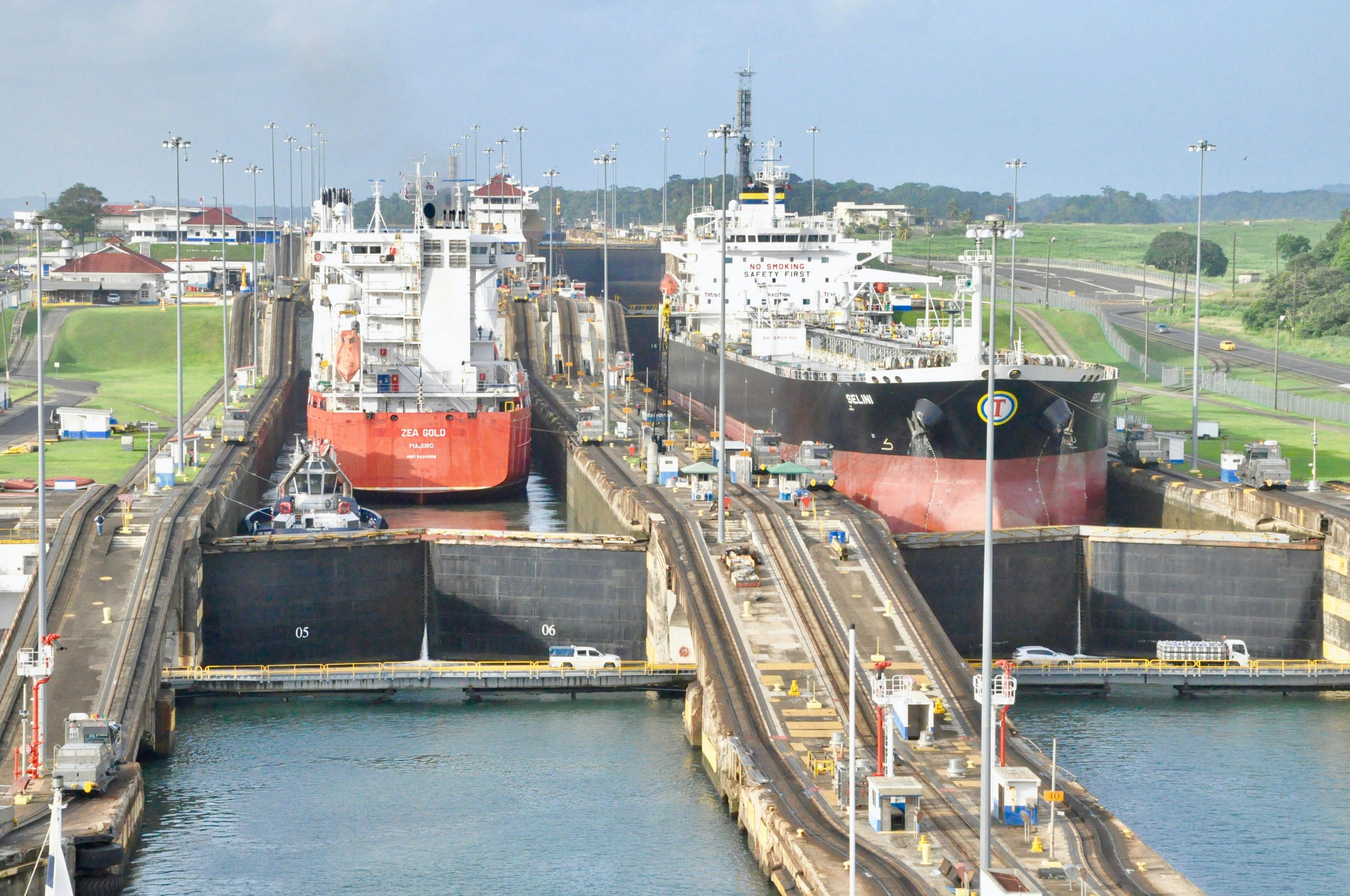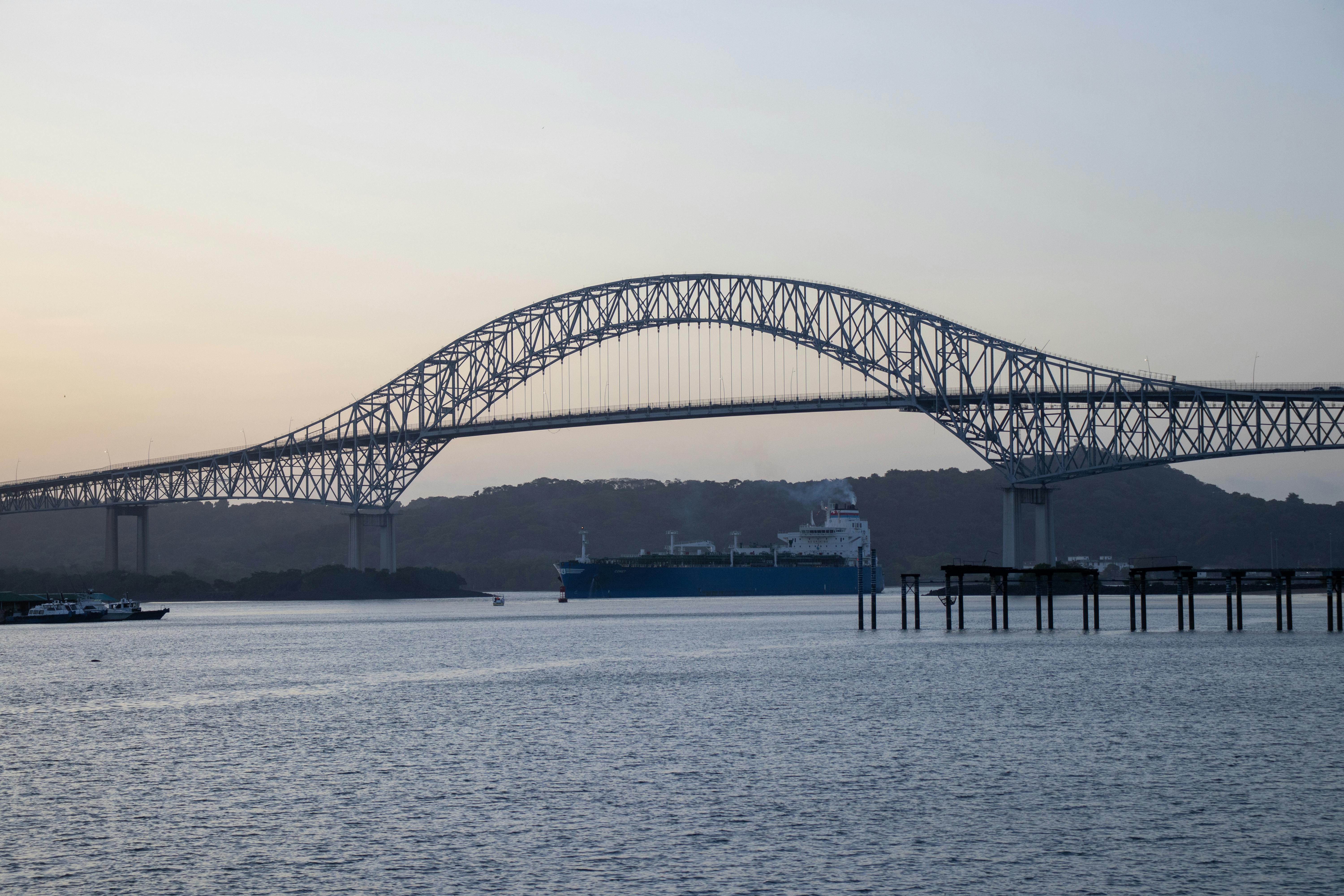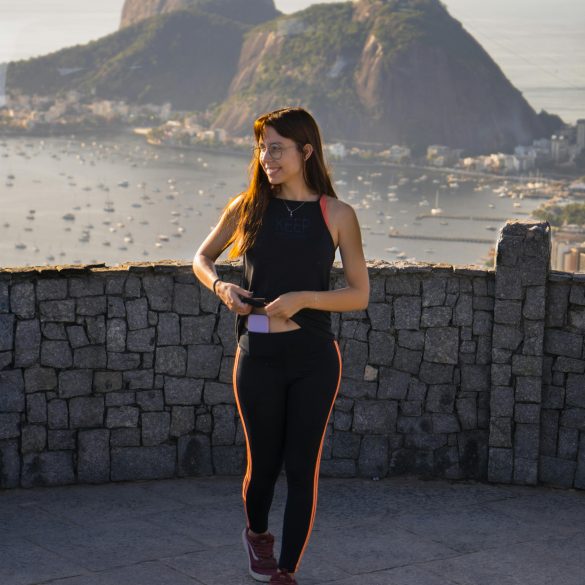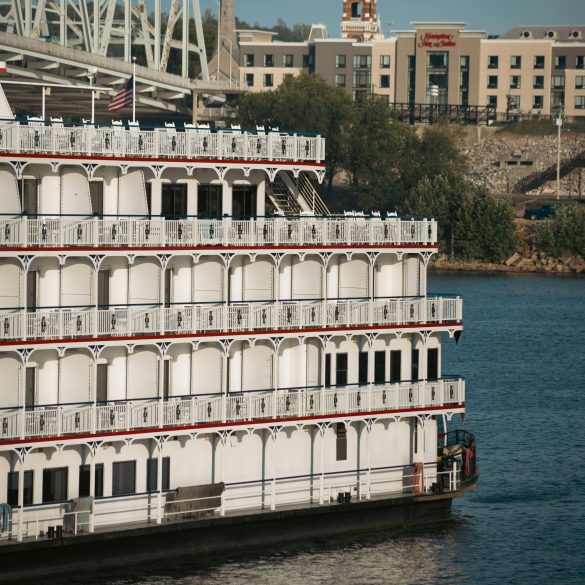Panama Canal: History, Impact & Visitor Guide for 2025
Picture this: It’s a muggy morning in Panama City, birdsong echoing over the Miraflores Locks, and I’m sitting with a local engineer who’s spent four decades working on ships the size of small skyscrapers. He leans close, voice low: “This place moves the world, literally. You have no idea how many lives change with every cargo that floats through.” And, honestly, at the time, I didn’t. Not really, at least—not until I started my own journey into what the Panama Canal really is: a marvel of ambition, a crucible of international intrigue, and, forgive the cliché, one of the most quietly awe-inspiring places on earth.
The Panama Canal shortens a ship’s journey between New York and San Francisco by nearly 8,000 miles—a savings that, over a century, has shaped everything from shipping costs to military strategy.
Everyone’s heard of the canal. Fewer have stopped to consider what it means for global commerce, geopolitics, and even cultural identity. I’ll be honest: Before that trip, it was just another line in a high school textbook. These days, I can’t talk about world history, travel, or even coffee trade without the canal lurking in the background of my mind.
Why? Because the Panama Canal is not only a feat of engineering, but a lens for understanding our interconnected, always-shifting world. And—if you’re curious about visiting, or simply need to pitch the next big shipping strategy at work—you’ve come to the right place for both hard-earned insights and stories you won’t get from a soulless encyclopedia. I’ve made every mistake you can as a tourist here and changed my mind more than once as a historian and logistics nerd. That’s what this guide is about: real, multi-layered understanding.
The Fascinating History of the Panama Canal
Let’s get this out of the way: The Panama Canal’s story is as much about relentless human drive as it is about the muddy, mosquito-infested isthmus that once defied centuries of navigators. While most people associate its creation with the Americans, the French were the first to attempt this monumental shortcut in the late 19th century. Their effort? A disaster—thousands perished, mostly from malaria and yellow fever1. The more research I did, the more I realized: behind every iconic structure lies a saga of mistakes and pivots.
Three facts always hit me: First, before the Canal, ships from Europe to California had to round the deadly Cape Horn—months lost at sea, storms, shipwrecks, wasted time and money3. Second, whoever controlled the crossing controlled hemispheric power. Third, even today, you won’t understand U.S.-Latin American relations without grasping the Canal’s role in both opportunity and controversy.
What really strikes me—even now, writing this in 2025—is that you cannot travel through Panama without feeling the pulse of history everywhere. Whether you’re peering down into the locks or sitting at a sweaty cafe in old town Panama City, it’s as if the Canal is still being built, every day, in the lives and neighborhoods it touches.
- 1881: The French begin, under Ferdinand de Lesseps (famous for the Suez Canal). Failure quickly snowballs.
- 1904: The U.S. steps in. Disease-ridden, yes—but the ambition is almost reckless.
- 1914: The Canal opens, changing global shipping forever.
- 1977-1999: Gradual transfer of control from the U.S. to Panama post-Torrijos–Carter Treaties5.
Okay, let’s be honest. I used to think the Canal’s importance was mostly historical—a dusty monument to old-school imperial drama. Yet after years of teaching, traveling, and reading about its modern significance, I’m convinced its story is more current, more politically livewire, and more hotly debated than ever.
Engineering Marvels and Global Trade
Here’s the thing: On paper, the Panama Canal is “just” a 50-mile water highway. But if you’ve stood at the lock edge during a transit—and I really hope you get to—you’ll see it’s a collision of mind-blowing engineering and raw nature that still boggles the smartest logistics minds. Sometimes when I teach about canal design, even engineering students admit they’re shocked by the complexity. Those “locks” are chambers the size of football fields, built to raise and lower ocean-going giants (up to 370 meters long!) across the mountainous backbone of Central America6.
- Three sets of locks: Miraflores, Pedro Miguel, and Gatun—with each lock chamber up to 33.5 meters wide and 26.7 meters tall
- Gatun Lake, an artificial marvel, covers over 164 square miles and supplies all the water needed for the locks7
- Over 12,000 ships and 200+ million tons of cargo transit the Canal every year
- Massive expansion in 2016 allowed much larger ships (called “New Panamax” or “Neo-Panamax”)—reshaping global shipping lanes
How Does the Canal Work? (The Short Version)
- A ship enters at either the Pacific (Panama City) or Atlantic (Colón) side.
- Heavy gates shut. Enormous volumes of freshwater quickly fill or drain the chamber, raising or lowering the vessel.
- Vessels move uphill to Gatun Lake, then back down—effectively crossing the continental divide by water.
- The process repeats through a series of locks—taking roughly 8-10 hours per full transit.
What amazes me, even after years geeking out over the system diagrams, is that it mostly runs on gravity—no giant pumps required. (Didn’t realize that for ages—to my embarrassment!) Gatun Lake is critical, and drought is the Canal’s biggest operational threat these days.
Essential Planning and Visitor Tips for 2025
Here’s my biggest piece of advice if you’re planning a visit: Don’t just snap a selfie at the locks and dash. Take your time! The best way to “see” the Canal is to experience it from multiple vantage points—and, ideally, with a guide whose family has lived the Canal Zone for generations.
- Start at Miraflores Visitor Center (Panama City): Big ships, up-close lock views, and surprisingly good exhibits.
- Pedestrian “Amador Causeway”: Stroll beside anchored ships, with panoramic Pacific vistas (morning is best for photos).
- Book a partial or full Canal transit (several tour companies run scheduled trips on the weekends—these book up fast, so don’t procrastinate).
- Explore Casco Viejo: Panama City’s old quarter is UNESCO-listed, full of history, food, and culture.
- A trip to Gatun Locks (near Colón) for the Atlantic-side perspective—fewer tourists, deeper into Canal history.
More than 80% of Panama’s GDP is linked, directly or indirectly, to canal-related activities. So, your canal visit isn’t just a selfie opportunity—it’s a contribution to the national economy!
I’ll be completely honest: My first canal visit was ruined by poor planning—no water bottle, wrong time of day, and I missed the biggest ships by half an hour. Learn from my rookie mistakes!
Essential Packing List for a Canal Adventure
- Sunscreen & hat (the tropical sun is brutal year-round).
- Water bottle & snacks (lock visits can take hours).
- Binoculars or decent zoom camera—big ships, better photos!
- Light rain jacket (weather flips fast, even in dry season).

Today’s Impact: Economy, Geopolitics & Environment
If you haven’t noticed, “Canal politics” is making headlines again. And not just in obscure trade journals—between droughts, shipping bottlenecks, and global supply chain drama, everyone from cruise tourists to CEOs is watching Panama. What fascinates me most is how the Canal sits at the burning intersection of commerce, international relations, and climate change governance9.
Repeated droughts (especially since 2019) have forced the Canal to restrict the largest ships or reduce daily transits—impacting global delivery schedules and highlighting acute water management challenges10.
Here’s a fun industry secret: Many giant shipping lines now hedge “Canal delays” into their contracts and schedules. What used to be a rare risk is now, by and large, a perennial business variable. Let’s break down why:
I used to think the Canal was “set-and-forget”—engineer it and move on. Now, after conversations with water managers and business analysts, I’ve realized it’s more like a living organism. Its health depends on complex regional ecosystems, global climate, trade wars, and, not least, Panama’s remarkable political savvy.
Economic Impact: Who Wins? (Spoiler—Not Just Panama!)
- Panama’s GDP: Over 80% connected to canal logistics, finance, tourism, and service sectors 12
- USA, China, Japan, and European Union: Top users of the Canal—controlling trade strategies, shipping routes, and even pricing.
- Billions annually: In global shipping cost savings, lower insurance rates, and reduced carbon footprints (compared to Cape Horn detours).
On second thought, though—let’s not over-romanticize. Many global south nations still pay the steepest costs in terms of environmental impact, traffic leakage, and even regional labor conditions. Debate among my colleagues is as fierce now as ever: Who truly benefits from globalized trade? The Canal raises as many questions as it answers.
Country Facts & Local Insights
- Population: 4.4 million, with over 1.5 million living in Panama City metro
- Currency: U.S. dollar (balboa coins also in circulation)
- Official languages: Spanish; English widely spoken near Canal Zone
- Biodiversity: Among world’s highest per square mile; Soberanía National Park borders Canal
Visiting in person, one thing stands out: the unmistakable pride Panamanians take in “their” Canal. Since full handover in 1999, local management has turned what used to be a symbol of foreign domination into a source of national power—and reconciliation. Still, you’ll hear strong opinions (sometimes conflicting!) everywhere from taxi drivers to university classrooms.
Anyone headed down for work or play in 2025 should take time to venture beyond the locks—eat sancocho, talk to street vendors, test your Spanish, and tune into the realities of a country at the nexus of world history. I made that mistake, too—sticking to the main attractions—and lost the chance for richer local stories.
Future-Proofing: What Lies Ahead?
As someone obsessed with global infrastructure and, frankly, very human fallibility, I can tell you: No “final answer” exists for the Panama Canal. It’s the ultimate work-in-progress. In my professional circles, I’ve seen attitudes harden and soften over time—when shipping booms, the canal stands tall; but when environmental crises or trade wars loom, old vulnerabilities resurface.
- Climate Change: Rising temperatures, unpredictable rainfall, and deforestation have already reduced water supply, risking further transit restrictions13.
- Digital Transformation: Smart ship tracking, AI traffic management, and drone inspections now shape daily canal operations.
- Competition on the Rise: Arctic shipping lanes, expanded Suez, and potential “Nicaragua canal” projects all pose future challenges.
- Sustainability: Panama Canal Authority has launched reforestation, carbon-neutral port, and biodiversity protection programs—a testbed for green logistics
FAQ: Key Questions About the Panama Canal
- Is the canal safe to visit? Yes—Panama is stable, the visitor centers are modern, and guided tours are available in English, Spanish, and more.
- How much does a canal transit cost? For container ships: $40,000 to $500,000, depending on size/type. Tourists can transit via ferries for $150–$250.
- When is the best time to go? December–April (dry season). You’ll see more ships and clearer skies; the city is festival-packed.
- How long does it take to cross? Ships: 8–10 hours, barring weather or traffic. (I’d not try to race a canal pilot.)
- What should I NOT miss? Guided boat tour, Miraflores Locks museum, Casco Viejo, Panama Viejo ruins, Soberanía Park hikes.
Schema Markup for Travel & History Blog
Integrate Article, TravelAction, and Place schema markup to maximize search visibility, support Google’s featured snippets, and help users find authoritative answers.
Whether you’re planning a trip, evaluating investments, or teaching a new generation of global citizens, the Canal’s story is still being written. Let us know your favorite canal story or question!
References & Further Reading



